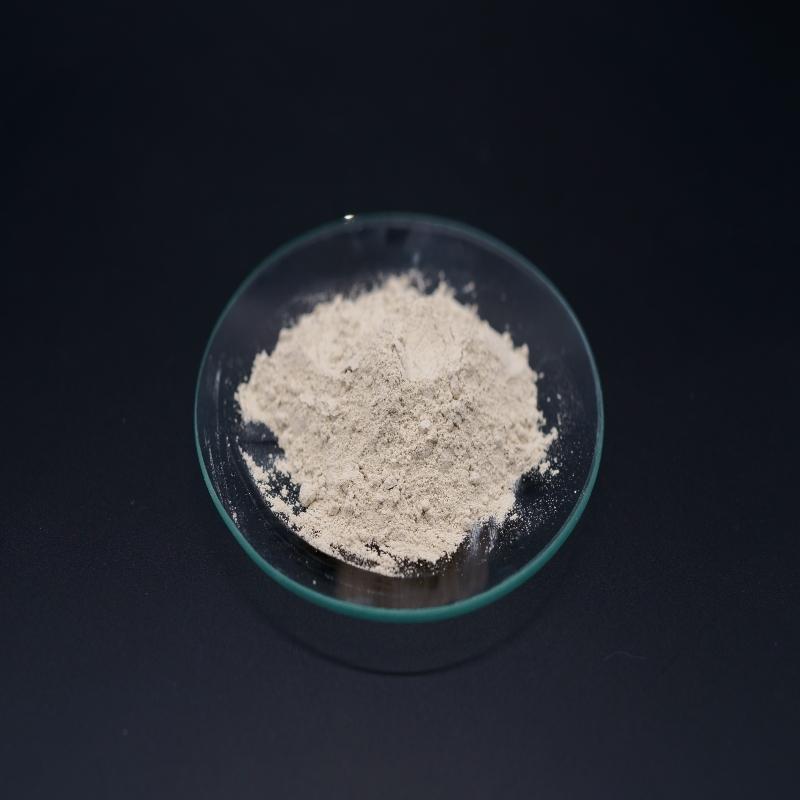-
Categories
-
Pharmaceutical Intermediates
-
Active Pharmaceutical Ingredients
-
Food Additives
- Industrial Coatings
- Agrochemicals
- Dyes and Pigments
- Surfactant
- Flavors and Fragrances
- Chemical Reagents
- Catalyst and Auxiliary
- Natural Products
- Inorganic Chemistry
-
Organic Chemistry
-
Biochemical Engineering
- Analytical Chemistry
-
Cosmetic Ingredient
- Water Treatment Chemical
-
Pharmaceutical Intermediates
Promotion
ECHEMI Mall
Wholesale
Weekly Price
Exhibition
News
-
Trade Service
Packaging bags are widely used in various fields of food packaging and pharmaceutical packaging, with its packaging cost economical, easy to process, easy to control, easy to produce and other advantages and become a very common form of packaging in the current market, packaging bag sealing performance, sealing strength is an important indicator of the quality of packaging bags, which is related to the product quality and shelf life of packaging contents, and is also a necessary guarantee for
product circulation.
In the production process of packaging bags, due to the influence of many factors, leakage sealing, press penetration or cracks and micropores in the material itself may occur during sealing, and small holes
connected inside and outside may be formed.
These will have a very negative impact on the packaging content, especially in the food, pharmaceutical packaging, daily chemical and other industries, and the tightness will directly affect the quality of
the product.
Poor sealing is the main cause of
future leakage.
Among them, the packaging of the organ bag, especially the four layers, is prone to leakage
.
At present, most of the domestic testing of flexible packaging sealing performance follows the national standard GB/T 15171-94 "Test Method for Sealing Performance of Flexible Packaging", which is mainly for flexible packaging products
made of various materials.
Test method 1 in the standard is as follows: This method is used for packaging parts under the action of water, the performance of the outer material will not be significantly reduced during the test, such as packaging with
a plastic film on the outer layer.
By vacuuming the vacuum chamber, the sample immersed in water produces an internal and external pressure difference, and the gas escape in the test sample is observed, so as to determine the sealing performance
of the sample.
The second test method in the standard is as follows: This method is used for packaging parts where the performance of the outer layer of the outer material will be significantly reduced during the test under the action of water, such as packaging with
a paper outer layer.
Method is divided into two methods, A and B, and method
A is used for arbitration testing.
Method A: Fill the sample with the test liquid, place the sample on the filter paper after sealing, and observe the leakage of the test liquid from the inside to the outside of the sample
.
Method B: By vacuuming the vacuum chamber, the sample generates an internal and external pressure difference, and the shape of the sample is restored after the expansion of the test sample and the release of the vacuum, so as to determine the sealing performance
of the sample.
MFY-CM sealing tester The MFY-CM sealing tester independently developed by Jinan Saicheng produces an internal and external pressure difference between the sample immersed in water by vacuuming the vacuum chamber, and observing the gas escape in the test sample, so as to determine the sealing performance of the sample; By vacuuming the vacuum chamber, the internal and external pressure difference of the sample is generated, and the shape of the sample is restored after the expansion of the test sample and the release of the vacuum is observed, so as to determine the sealing performance
of the sample.
The instrument meets GB/T 15171, ASTM D3078 and other countries and standards, and is suitable for sealing tests
of various material packaging bags, bottles, tubes, cans, boxes, etc.
in food, pharmaceutical, medical equipment, daily chemicals, automobiles, electronic components, stationery and other industries.







